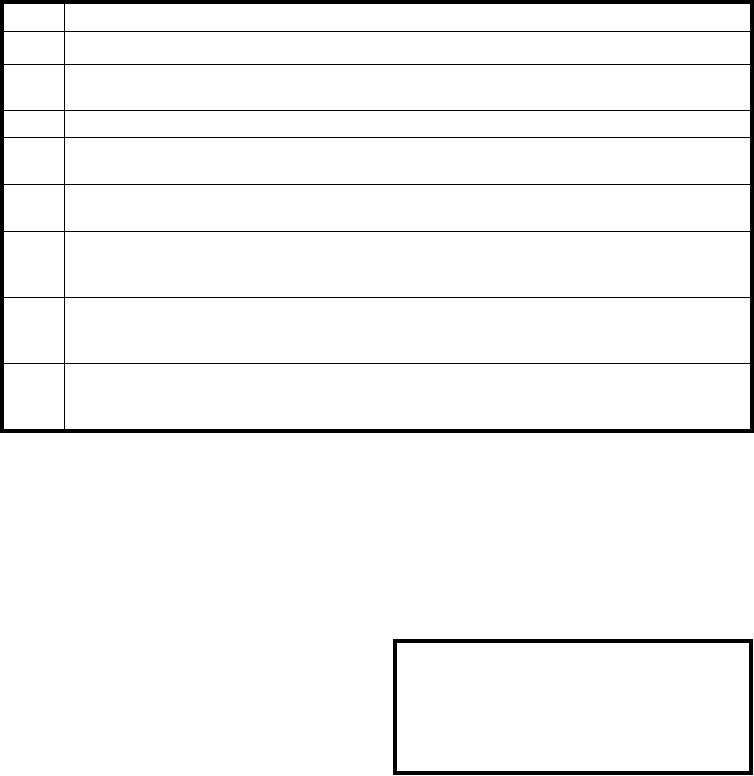
Table 10-3.--The Storage Tank Relief Valve Test
Step
Action
Ensure all control valves on the LOX cart are closed to start the test.
1
Open the transfer tank fill line shutoff valve (LV-2) and the transfer tank vent line shutoff valve
(GV-3) to fill the transfer tank.
2
When the tank is full, close the transfer tank fill line shutoff valve (LV-2).
3
Slowly open the transfer tank pressure buildup valve (GV-5) to build pressure in the transfer and
storage tanks.
CAUTION: Monitor the storage tank pressure gauge (P-1) constantly while operating the transfer
tank pressure buildup valve. Do not allow the supply tank pressure to go above 58 psig.
4
Raise the storage tank pressure slowly to 57 psig. The relief valve RV-1 should open somewhere
between 45 and 55 psig. If RV-1 does not open, a faulty component is indicated and must be
replaced.
5
After evaluating the storage tank relief valve, empty the transfer tank by opening the storage tank
vent shutoff valve (GV-6), the transfer tank fill line shutoff valve (LV-2), and the transfer tank
pressure buildup valve (GV-5).
6
When the transfer tank liquid level gauge (LG-2) indicates that the transfer tank is empty, close the
transfer tank fill line shutoff valve (LV-2), and the transfer tank pressure buildup valve (GV-5).
Leave the storage tank vent shutoff valve (GV-6) open.
enough pressure is bled off, the valve should reseat
THE
S T O R AG E
TA N K
PIPING
itself. Table 10-3 lists the steps in the procedure for
TEST.--When the storage tank piping is pressurized,
testing the relief valve on the storage tank. Procedures
you can use the storage tank piping test to check it for
for testing other relief valves are similar.
leaks. This test is often called a bubble test. (See table
10-5.)
If a relief valve is faulty, the cart should be relieved
of pressures and emptied of LOX prior to replacement
When leaks are detected, repair, if possible, by
of the valve.
tightening plumbing joints and/or valve packing.
After you disconnect the flexible tubing, unscrew
CAUTION
and remove the relief valve. To purge the piping,
connect a source of dry nitrogen gas (50 psig
Do not tighten joints or flanges while the tank is
minimum) to the storage tank fill coupling. Turn on the
under pressure, while LOX is present in the piping,
nitrogen to blow out the line. After securing the
or while the temperature of components is below
nitrogen gas and removing it from the fill coupling,
freezing (32F/0C).
install the replacement valve and reconnect the flexible
tubing.
NOTE: Use anti-seize tape on all pipe threads;
Troubleshooting
start tape at the third thread to prevent contamination.
Troubleshooting is a fine art. But, there are tools to
T H E E VA P O R AT I O N L O S S R AT E
assist you. Table 10-6 describes troubles, probable
TEST.--Another important test is the evaporation loss
causes, checking procedures, and remedies for
rate test. (See table 10-4.) This test is used to determine
repairing LOX carts. Keep in mind that no LOX cart
if a LOX cart is experiencing an unacceptable rate of
should be disassembled just to look for a problem. This
loss due to evaporation.
is true because of the high state of cleanliness required,
If the LOX cart fails the test, it is turned in for depot
and the ever present risk of contamination. So, before
repair. The Aviation Support Equipment Technician
removing components from a LOX cart, you must be as
sure as possible that you know the cause of the
performs NO repairs on the storage tank.
10-14

